How to lower humidity in grow tent
3 Key Takeaways:
🚀 Dehumidifiers are essential in grow tents to control humidity levels and prevent problems that arise from increased humidity levels, such as mold and mildew growth.
🚀 The placement of the dehumidifier in the grow tent is important for its efficiency and potential.
🚀 Dehumidifiers can be placed directly on the grow tent floor or outside of the tent near the intake fan for small grow tents.
Maintaining the right humidity levels in a grow tent is crucial. Little do we realize that the need to control humidity levels for healthy plant growth. Excessive humidity levels and lack of sufficient ventilation and air circulation have a negative impact on plant growth in the grow tent.
In this article, we will discuss why humid air is not ideal for plants’ health and the necessity of a balanced humidity level. Let us take a look at how to lower humidity in grow tent, how to remove excess moisture, and how to improve ventilation for indoor gardening.
Importance Of Low Humidity In A Grow Tent
Different growth stages require different humidity levels. What the plant growth requires for flowering is different from what it needs for fruiting. However, it is highly recommended that lowering grow tent humidity is the best for plants’ health. Plants love high humidity levels and therefore it is important to have balanced humidity levels to have healthy plant growth in the grow tent.
You must understand why lower humidity in grow tents; it is solely because high humidity levels and too much moisture build up in grow tents will lead to flower and bud rot. Taking all steps to measure humidity and remove excess moisture is crucial in grow tents.

Excessive humidity levels in grow tents also lead to other challenges that compromise the health of indoor plants. When the grow tent humidity is high and lacks proper ventilation, it can lead to the following problems.
High humidity and excessive moisture can lead to white mold growth, which can pester the leaves. This will block the leaves from taking in light and water. White mold will also block the air holes of the leaves, making it difficult for the plants to thrive in the grow tent.
Rust fungal growth is another common problem that occurs in indoor plants when there is excess humidity in the grow tent. When the relative humidity levels are high in any space, it can lead to fungal growth. In this case, indoor growers must watch out for rust fungus that causes rust spots on the leaves. Taking measures to reduce humidity in the grow room can help to avoid fungal growth.
Root rot and bud rot are other problems that occur in a grow room when lowering humidity has not been prioritized. Too much moisture in the soil will promote active root rot.
How do you balance humidity in a grow tent?
Getting a balanced humidity level in the grow tent is possible. There are certain very practical steps to put into action that will lower humidity in grow tents. You must keep a watchful eye when you set up equipment or make changes to the grow room. Indoor growers are always advised to hire professional assistance when it comes to lowering grow tent humidity, in order to achieve the right balance. Here are the simple but highly effective action steps to lower humidity in grow tents.
1. Overwatering
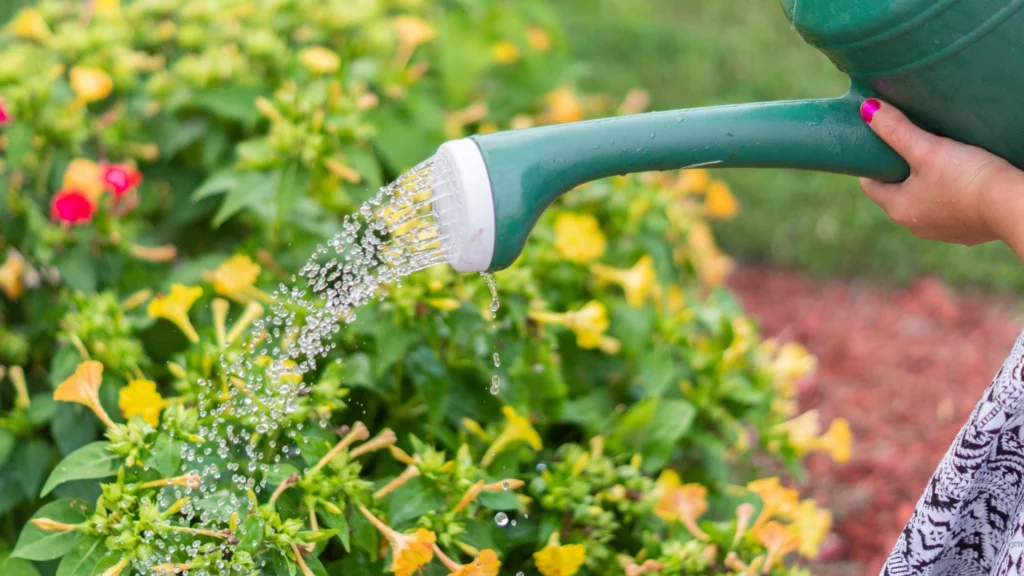
The first step to decrease humidity levels is to avoid overwatering. Excess moisture or water in the grow tent will increase humidity. Too much moisture inside grow room, be it in the soil or in the propagation trays is going to affect the plants. You must take caution to water the plants accordingly, keeping track of the time and level of water used for each pot or plant.
To control humidity and maintaining the right relative humidity level by preventing overwatering is a wise step.
2. Dehumidifier
For all indoor growers who wonder how to lower humidity in grow tents, the best solution is investing in the right dehumidifier. A dehumidifier is the only specially designed device that can reduce high humidity from the humid air in the area by absorbing the moisture that is in excess. To remove excess moisture from the soil and the grow tent, you must invest in a commercial dehumidifier after careful consideration of the specific needs of the grow tent.
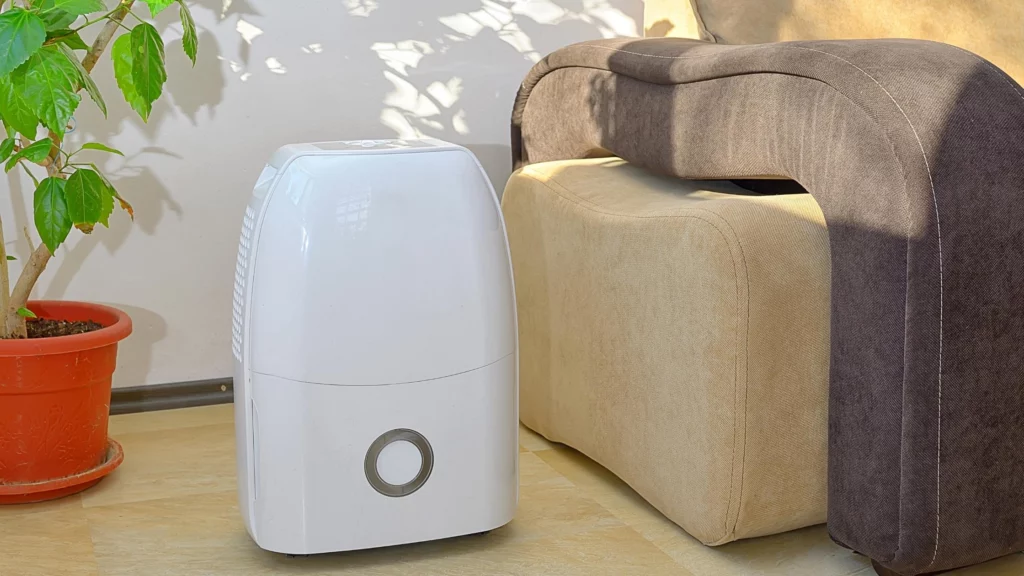
High humidity and excess water vapor from the environment can be handled effortlessly by the right dehumidifier unit. A good commercial dehumidifier can monitor the relative humidity levels and also help to maintain a fresh air environment. If your grow tent has more humidity on a regular basis, and the other factors raise humidity continually, you must invest in a dehumidifier that can connect to a drainage system.
If you want to reduce humidity in a grow tent but the natural conditions of the area do not fall under excess humidity, you can invest in a unit that can remove humidity in grow tent with the facility to drain the water from time to time. Make sure that the unit you invest is worth the time and money. It must be fully equipped to absorb from the grow room the same amount of moisture that the plants absorb because plants love high humidity.
3. Plant density
Indoor growers must always keep in mind the importance of plant density. Too many plants in a grow room might look attractive but it isn’t ideal for plant growth. Too many plants and larger plant density lead to more carbon dioxide content in the grow room.
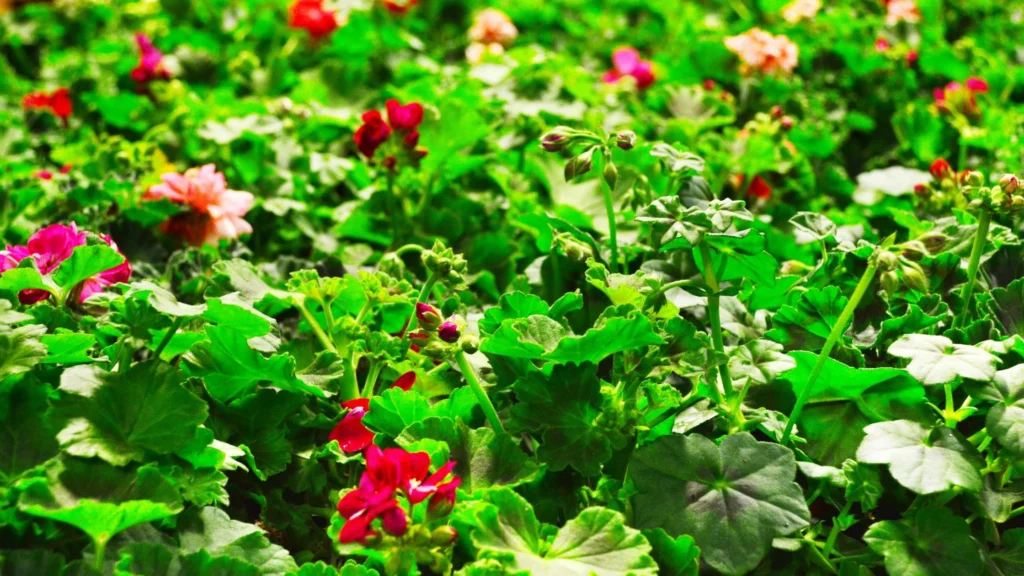
The carbon dioxide that is naturally released by plants is capable of contributing to higher humidity. When there is more carbon dioxide inside the grow tent, there is higher humidity and more moist air as well. When there is more moisture and higher humidity, different parts of the grow tent will not get the required fresh air and carbon dioxide.
Too much humidity in a grow tent will continue to exist if the water vapor transpired but the plants are also not handled with proper ventilation or dehumidification. You must find a solution to have the right plant density for your grow tent. At the least, you must find a way to balance plants with big leaves and to improve ventilation, since plants with big leaves will lead to increased water vapor.
4. Stagnant water
One of the cheapest and best ways to lower the humidity levels in a grow tent is to install a proper drainage system. Stagnant water is a source of high humidity. When there is stagnant water inside a grow tent, it will release moisture into the air and also turn into a breeding ground for bacteria and pests.
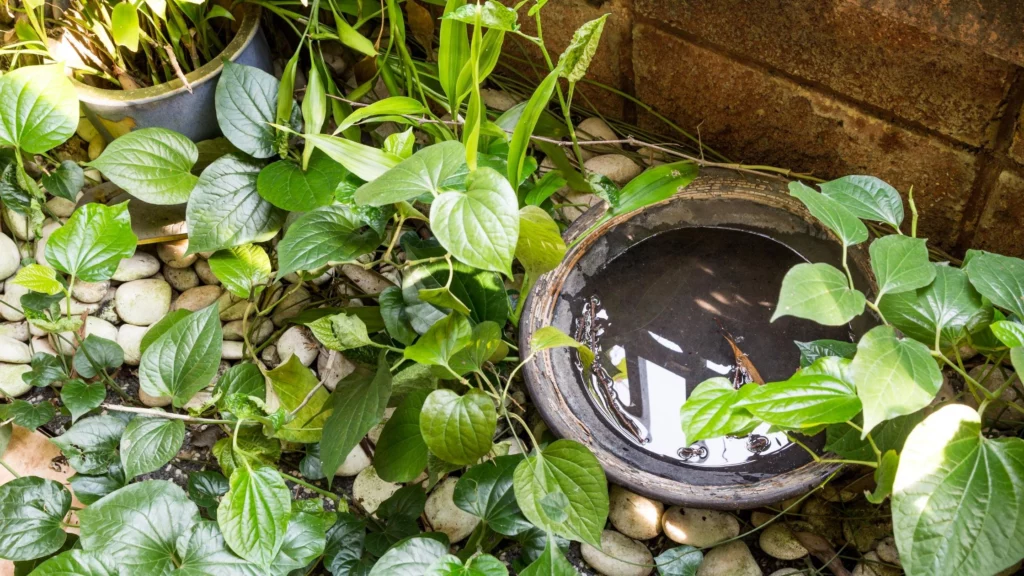
Lowering the humidity levels in a grow tent can be done by investing in getting the right drainage facility for the stagnant water. This will prevent water vapor from being added to the air and lower humidity in grow tent.
5. Air conditioner
Another helpful method to lower humidity in grow tent is to install an air conditioner. Air conditioning makes use of compression and gas to extract heat from the air and send out cold air to replace the hot air. An air conditioner can certainly help areas with extreme humidity levels.
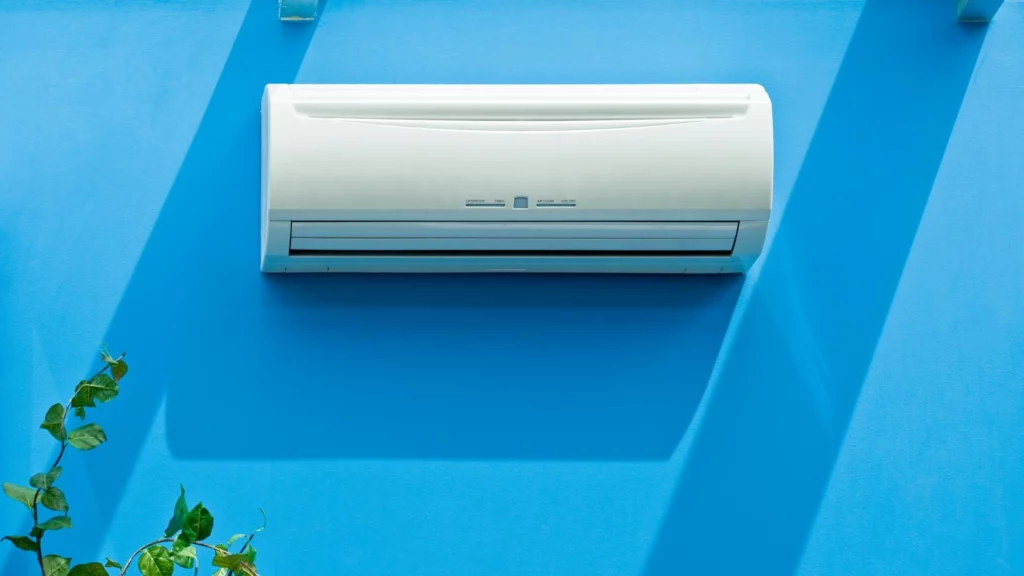
Find the right size of air conditioner for your indoor grow tent that can effectively replace the hot air with cold air, thereby keeping a cool environment by reducing humidity and water vapor. You just remember to clean the air filters of the air conditioner as required to ensure proper air circulation. This is because improper air circulation will also raise humidity levels.
6. Insulation

Insulating and sealing the grow tent area is guaranteed to keep the space protected from external factors that can raise humidity. Sealing the grow room with foam barriers has been proven to be beneficial to keep away humidity from outside seeping into the grow room.
7. Grow equipment
All types of grow equipment must be used cautiously, especially grow lights. As we all know grow lights can generate heat. Having the grow lights turned On for different growth stages might be necessary, but the heat from the grow lights will raise the temperature and humidity in grow tent.

If you notice that your grow tent already has a supply of warm air and a warm climate, turn Off the grow lights. This will prevent the heat, help you to prevent the relative humidity level from raising up, and also to save on electricity bills.
8. Absorbent soil
A smart way to naturally dehumidify the grow tent is to use a moisture absorber. Using absorbent soil will help to keep the moisture away from the soil. Good natural moisture absorber is sandy soil and perlite soil. They will bring down the evaporation rate and also reduce the stagnant water in the soil.

Lime and baking soda also have the same function and benefits as sandy soil. You must bear in mind that the moisture absorber is able to keep away any excess moisture but retain dampness enough to promote plant growth.
9. Defoliation
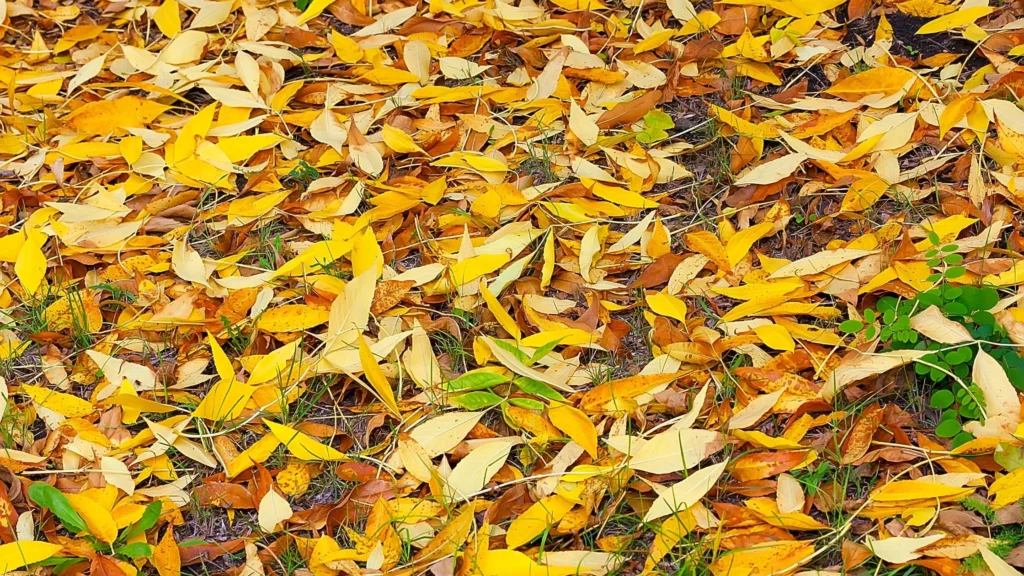
Plants with large leaves are a great source of high humidity. If you want to keep away the problems from higher humidity levels, you can consider defoliation. It is a cheaper and budget-friendly alternative. It will help in maintaining a low humidity level in your grow tent.
Is 60 humidity too high for flowering?
All indoor growers must be aware of the fact that lower humidity in grow tents is required for different stages of growth for the plant. The humidity level will vary for each stage. Among the different stages, the flowering stage is the one that needs higher levels of humidity level and temperature as well.
Every indoor gardening rule book suggests that the temperature inside a grow tent must be maintained between 88 to 75 degrees Fahrenheit. As far as the humidity level goes, flowering plants thrive at 40% to 50% humidity level. This makes a comfortable and ideal environment for them to breathe in.
How do you ventilate a Grow Tent?
Indoor growers must take all measures to improve ventilation within the grow tent. A significant improvement in the harvest can be noticed when there is sufficient ventilation. The following are two ways to achieve efficient air movement inside the grow tent.
1. Add fans
If you are not happy with the results after you measure humidity in grow tent, you must act on it at the earliest. Did you know that enhancing air circulation will aid in lowering humidity levels?
Ventilation in grow tent can be enhanced with exhaust fans. You can either add in more exhaust fans or simply fasten the speed of the already installed exhaust fan. This will simply improve the quality and amount of airflow that takes place inside the grow tent.
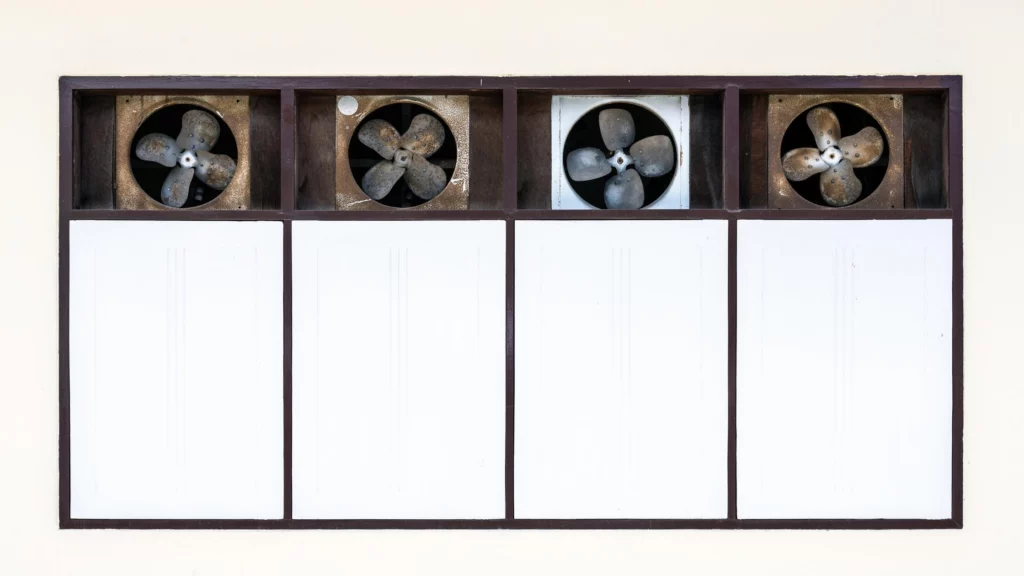
Along with the exhaust fan, you can also take other steps like opening out the windows (if present) or ducting a vent fan to decrease humidity. These are also efficient to push the moisture out of the area and lower humidity. Installing a humidity meter in places where there is too much humidity is helpful to keep a track of the levels. The fans can be set to adjust their speeds when there are extreme humidity levels.
You must take ensure that the outflow fan is larger than the inflow fan when trying to handle too much humidity. Only this will help to maintain the average humidity level.
2. Air holes
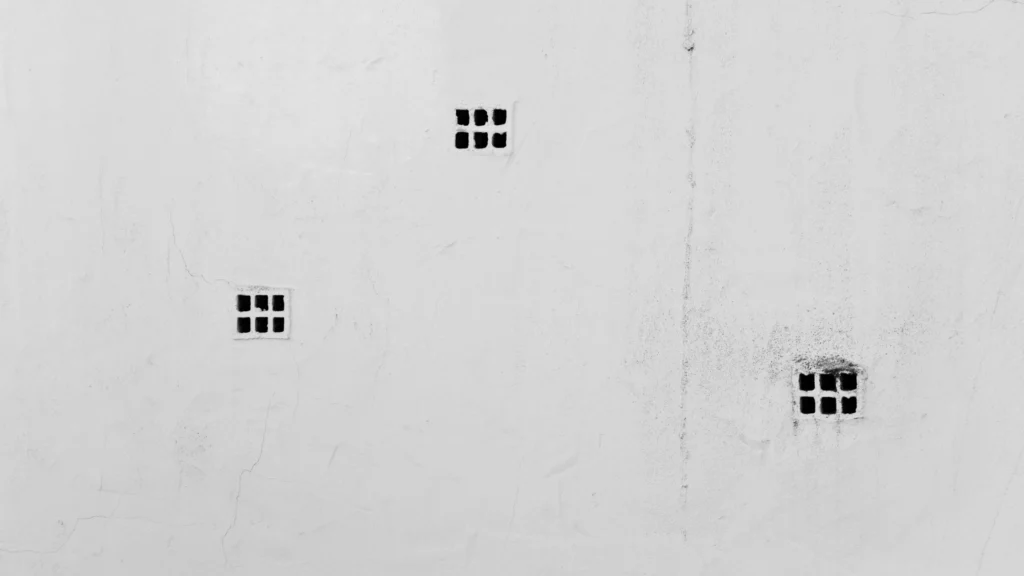
Another smart and cost-effective step to improve airflow and decrease humidity levels is creating air holes. Careful and strategically creating air holes helps to lower humidity in grow tents and bring in fresh air. The air holes must be made keeping in mind not to bring in unwanted light that will add to more humidity.
FAQ Section
1. How to set up a grow tent?
Setting up a grow tent in your home is simple. There are grow kits readily available that make installing a grow space hassle-free. Here is the list of steps to set up a grow tent:
- Select the location to set up the grow tent.
- Clean the area thoroughly.
- Assemble the tent.
- Install two fans- one over the plants and one flowing opposite direction under the canopy.
- Install the carbon filter and ventilation equipment.
- Add in the temperature and humidity gauges.
- Hang and adjust the grow lights.
- Add a timer, to remind you to turn On or Off any of the equipment that needs monitoring.
- Set up your plants.
2. What size grow tent for 12 plants?
The right grow tent size is important to reduce humidity and maintain the ideal levels. For 12 plants, a 5′ x 9′ tent will be the right size. A tent of this size can generate a large harvest of 9 to 16 plants.
3. What temperature should my grow tent be?
The ideal temperature that has to be maintained within the grow tent is 75-85 degrees Fahrenheit. Under the right conditions; with ventilation, lighting, and drainage, the ideal temperature of the grow tent must be within 75-85 degrees Fahrenheit. Depending on the specific needs and growth phase of the plant, the temperature can be increased or decreased. Likewise, you can increase or reduce humidity to meet the plants’ needs.
4. 4 Signs Your Grow Tent Humidity is Too High
The following are the 4 signs that the humidity levels of your grow tent are high and it needs to be reduced.
- Slow growth
- Bud rot
- Fungal growth
- Mold and mildew
5. How To Reduce Indoor Humidity Without A Dehumidifier?
There are many ways to lower humidity without using a dehumidifier. If you want to maintain a low humidity or absolute humidity level without investing in a dehumidifier, you must remember that it can be done to a certain extent. However, if the humidity levels are quite high you must resort to using a dehumidifier unit. Here are 5 ways in which you can maintain low humidity indoors
- Improve indoor ventilation.
- Make use of an air conditioner.
- Remember to dry wet or damp clothes outdoors.
- Wipe down surfaces that are dry, and remove standing water.
- Use natural moisture absorbers or desiccants.
6. How To Add CO2 To Grow Tent?
Adding carbon filters and slow-release CO2 bags or bottles is the best way to add CO2 to the grow tent.
Wrapping Up
With this, we have reached the end of the article. We trust you are clear on how to lower humidity in grow tent. Share with us in the comments below how you maintain the ideal relative humidity level in your grow tent and how it has helped to get better yield.

About The Author
Olivia — a self-confessed air quality addict — is a home climate enthusiast, fresh air advocate, and someone with deep personal experience and knowledge about mold extermination. Her work was mentioned in countless notable humidity publications. Previously she was an editor at Mold Remediation.